Revolutionizing Radar Operations: Meteopress's Successful Off-Grid Field Test of MASEC Radar
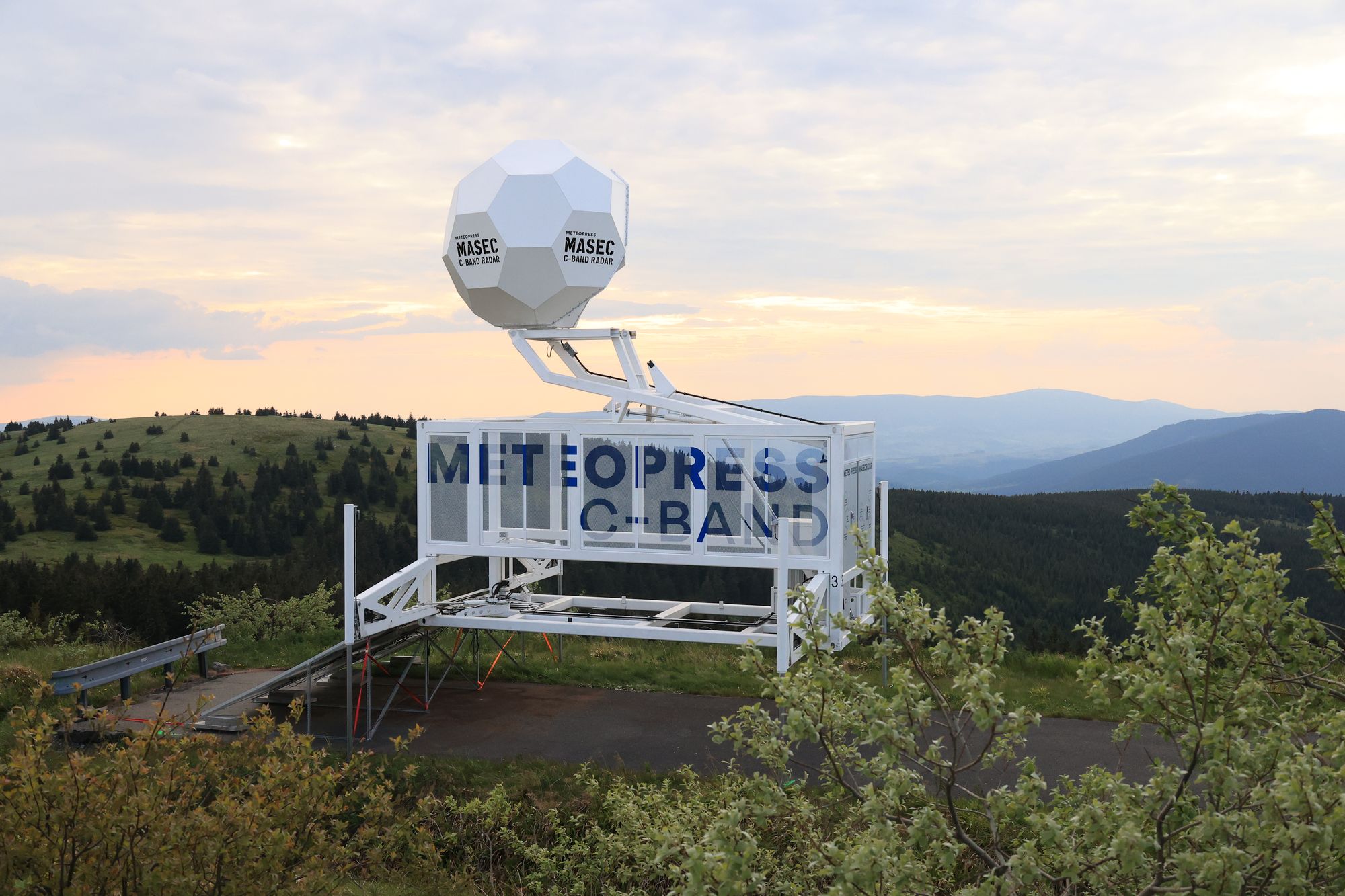
Meteopress has successfully finished testing its newest revolutionary mobile C-band Solid State radar in the field. The primary objective was to evaluate the practicality and operational elements involved in deploying a temporary C-band radar swiftly, in an entirely off-grid location.
The field test conclusively demonstrated that it's entirely feasible to swiftly deploy and sustain the operation of a C-band radar, even in scenarios devoid of local electricity grid and communication network access.
There are many challenges of a successful radar project. Meteopress Mobile Automatic Self-Erecting Containerised C-band Solid-state radar (MASEC C-band) solution addresses all of them in one containerized solution.
Key Radar Challenges: Solved!
The key challenges associated with radar operations can be broadly encapsulated into the following categories:
- Location: Identifying and securing the optimal location for the radar that ensures effective data acquisition, whilst adhering to various regulatory and environmental guidelines, poses a significant challenge.
- Budget: The financial aspects, including the initial investment for the radar equipment, installation costs, maintenance, and operational expenses, present considerable budgetary considerations.
- Sustainability: Ensuring the radar's long-term operability poses a substantial challenge. This includes the capacity of a customer to maintain the radar's operation over an extended period without substantial specialized knowledge or significant investment. This aspect is crucial in creating a balance between advanced technology utilization and manageable, user-friendly operations.
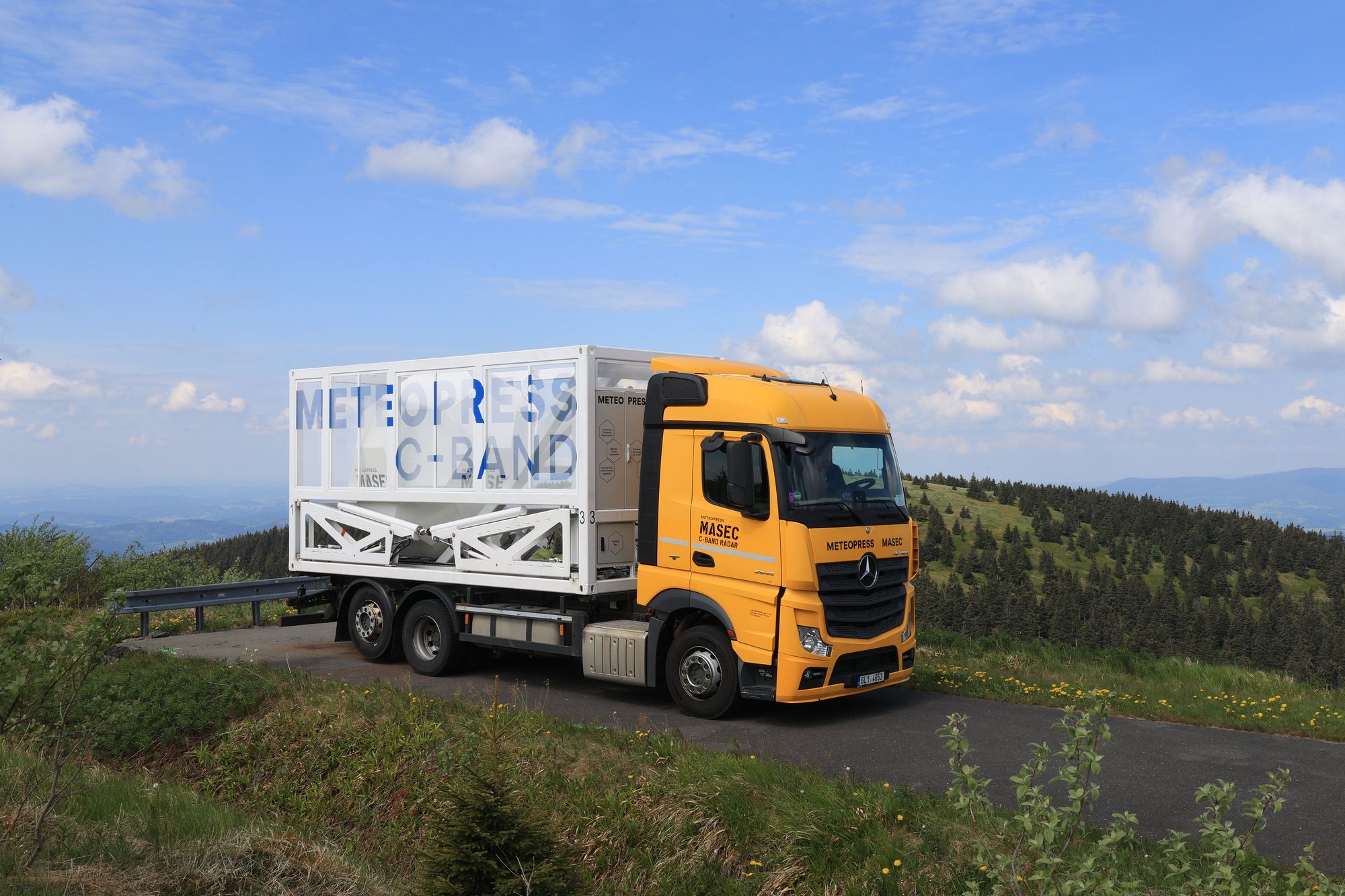
Location
An ideal radar location must feature several key aspects. Elevated place, preferably highest hill with paved access road and electricity. Such places tend to be in protected areas where building large concrete towers, power lines, access roads might not be feasible due to natural protection laws and also budgetary constraints.
With Meteopress' MASEC C-band Solid State solution, the entire process is significantly streamlined. The radar - inclusive of the tower, power source, and communication systems - is neatly encapsulated within a standard shipping container. Upon arrival at its designated location, the radar, with its automated tower, is fully deployed within a mere 15 minutes, post which it commences immediate data acquisition and delivery.
The radar is equipped with a battery pack sufficient for two to five days of continuous operation, and thanks to its minimal power consumption of merely 700W, it can be entirely powered by solar panels. This was effectively demonstrated during the recent field test in the northern region of the Czech Republic, at a latitude of 50° north. The system operated flawlessly, with zero downtime.
Furthermore, the installation can be considered temporary, thereby eliminating the permanent impact associated with heavy towers. This simplification significantly eases the process of securing locations, leases, and necessary permissions, further enhancing the overall efficiency and feasibility of the deployment process.

Budget
When considering the financial implications of operating a radar system, the Total Cost of Operations (TCO) must be taken into account. Meteopress's MASEC Solid-State C-band radar significantly reduces this cost, making it a remarkably cost-effective solution.
- Deployment Costs: With our self-deploying radar, the expenses typically associated with specialized deployment teams are completely eliminated. The MASEC Radar can be transported to the chosen location by any contracted truck driver, and the rest of the deployment process is fully automated and remotely controlled.
- Infrastructure Costs: The cost of infrastructure is essentially negligible. The radar can be deployed on any hard surface without the need for substantial preparations. Moreover, the expense of erecting a traditional tower is eliminated as the MASEC Radar incorporates a self-deploying tower system that can extend from 7 to 15 meters. The system also negates the need for an established electrical infrastructure as it can operate solely on locally available natural power sources such as solar or wind energy.
- Communication Costs: To further enhance its self-sufficiency, the system comes equipped with Starlink and GSM communications as standard, ensuring robust connectivity without additional investment.
These factors contribute to bringing the TCO to unprecedented low levels, making the MASEC Solid-State C-band radar a truly economical and efficient solution for various applications.
Sustainability
The cornerstone of any radar operation is its sustainability - the ease of its long-term operation without necessitating significant investments. Regrettably, the current global landscape is littered with non-functional radars, which are either broken with no available replacement parts or rendered useless because the cost of consumables is too high for customers to justify.
Solid-State radars present an elegant solution to these issues. Meteopress ensures that every radar purchase is accompanied by free spare parts, guaranteeing the ready availability of necessary components at the radar site when needed. Constructed from commercially available off-the-shelf components and solid-state parts, these radars are inherently simpler devices. They not only have a lower propensity for failure but also facilitate easy repairs with minimal knowledge or experience, often with just remote support.
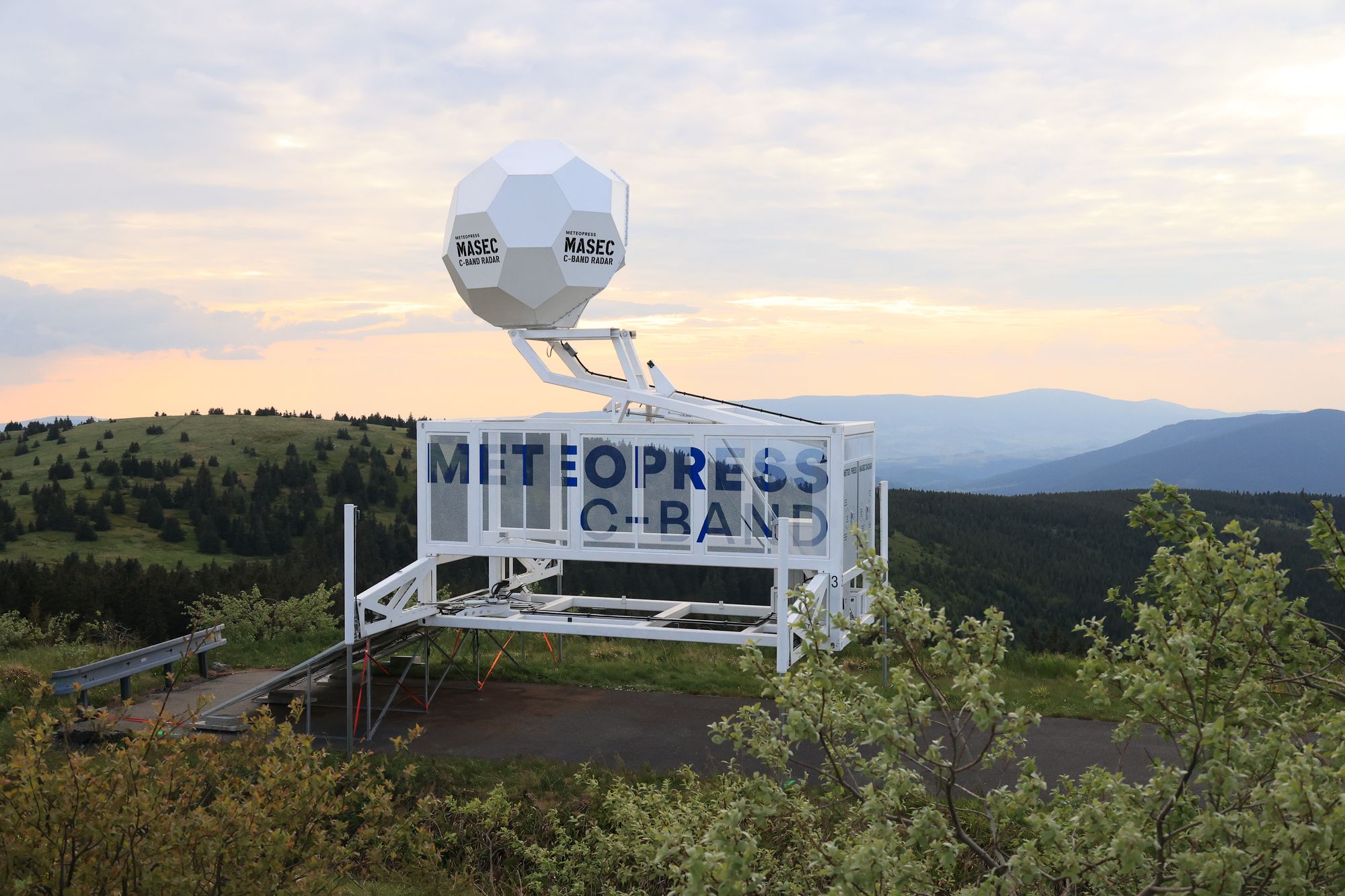
Another key advantage of Solid-State radars lies in their lack of consumable parts. Traditional radar components such as Magnetrons and Klystrons have typical lifetimes of 3-6 years and 5-9 years respectively. After this period, customers must invest in the replacement of these consumables, an exercise that's expensive not just in terms of part costs but also due to the specialized personnel required for the job. Conversely, solid-state power amplifiers are a permanent fixture in our radars, boasting a life cycle of over a thousand years, thereby eliminating the need for costly replacements.
By choosing Meteopress Solid-State radars, customers are not only investing in a product, but in a sustainable, long-term solution that promises ease of operation, minimal maintenance, and the reliability of uninterrupted service.
Meteopress Solid-State Radars are fundamentally "software-based", meaning each component is firmware-enabled and can be remotely accessed, updated, and repaired. The entire radar system is under continuous surveillance by numerous sensors, providing real-time remote status updates. Furthermore, the radar is capable of issuing alerts about unusual behavior, affording the opportunity to intervene proactively before a potential shutdown occurs. Updates and upgrades can be performed remotely on the radar system, ensuring zero downtime.
Maintenance requirements for Solid-State radars are minimal. A zero-maintenance radar is indeed an available option. However, even when this option is not selected, the radar only requires basic, non-specialized local maintenance. This minimalistic approach towards maintenance, combined with the use of local resources and remote assistance, ensures that the radar system is sustainable and can provide reliable service for decades.
MASEC Off-Grid Field Test Summary
Deployment Experience
The MASEC Radar was successfully deployed for a three-month period in the northern mountains of the Czech Republic. The deployment took a mere 11 minutes, with the first images being received just 13 minutes after arriving at the location. This efficient setup was executed by a team of two Meteopress deployment technicians with no issues detected.
Radar Operations
The radar's electricity supply was maintained by nine solar panels with a total capacity of 2.5 kWp, and energy storage was provided by batteries with a total capacity of 20 kWh. Communication for the radar was facilitated through Starlink and GSM. Remarkably, the radar was fully operational without interruption throughout the entire test period, without the need for any maintenance or support visits.
Off-Grid Test Results
The MASEC C-band Radar passed its test with flying colors, providing high-quality reflectivity data, Doppler data, and dual polarization data. The radar's range was recorded at an impressive 304 km (189 miles). The test underscored the reliability of solar panels as a power source, even in northern latitudes.
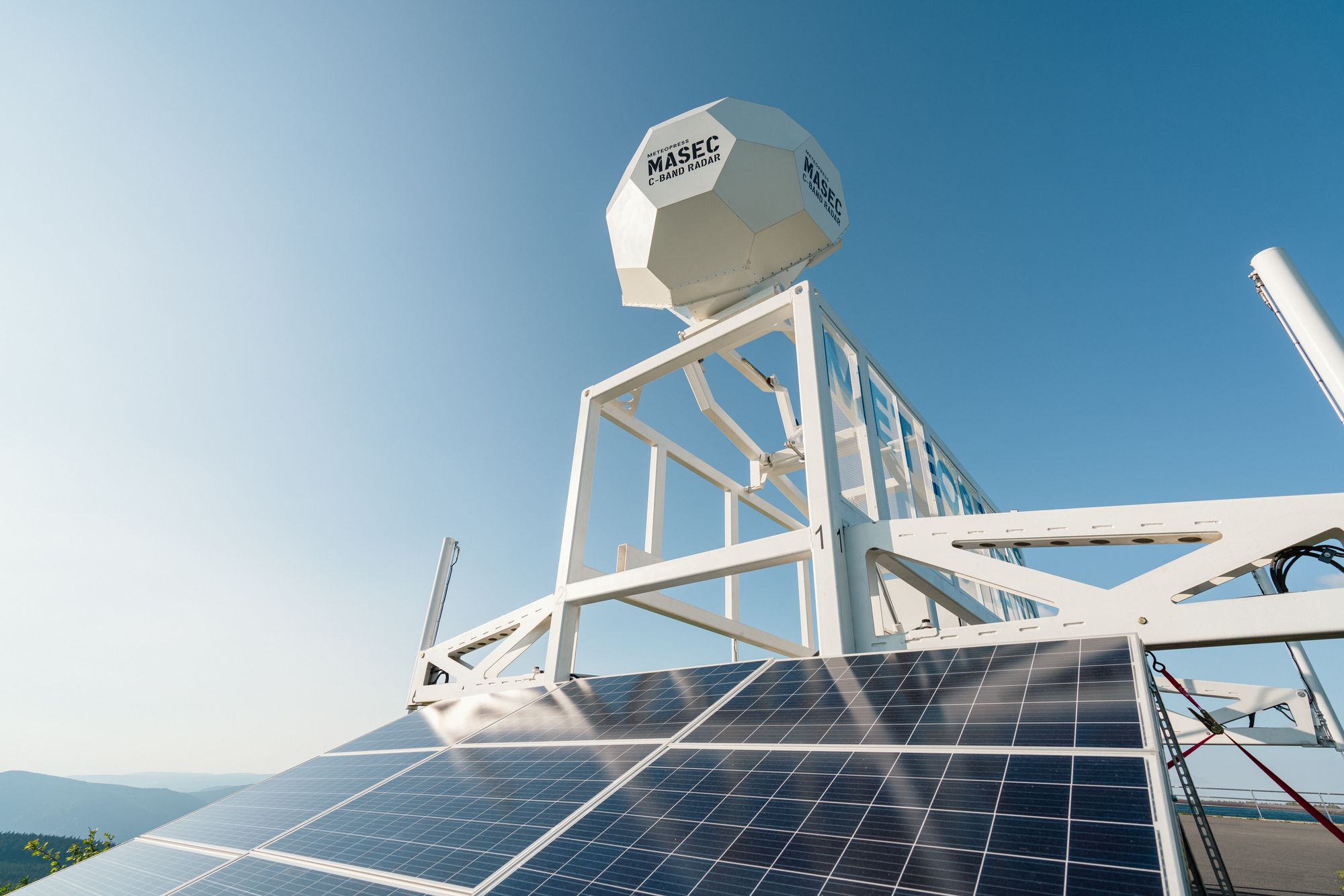
Debunking the Solid Myths
The advent of a new generation of Solid-State power amplifiers has revolutionized radar construction, debunking industry myths tied to earlier limitations. Blind range, a theoretical issue with Solid-State radars due to the long transmission pulses, is effectively mitigated by utilizing shorter pulses, combining this with partial pulse recovery to obtain accurate data even within the short pulse blind range. Despite the short pulse carrying lower energy, its targets in close range yield much stronger echoes, making it easier to discern with less energy, thus demonstrating the adaptability and efficiency of these new generation radars. In conclusion, Meteopress Solid-State radars effectively eliminate the issue of blind range, ensuring uninterrupted, precise data acquisition across all distances.
The data quality of Solid-State radars is top-tier, reaching the standards set by Klystron radars. Radar data and signal processing have been independently affirmed by several experts in the field. Notably Dr. Dusan Zrnic from the National Severe Storm Lab under NOAA, for instance, stated, “I have examined Meteopress radar polarimetric data processed by procedures analogous to the ones by OU, and the results looked very similar to what the NEXRAD radar produces and are of a high quality.”
A white paper has also been published by Dr. David Schvartzman and Boonleng Cheong, with the primary objective of independently verifying the data measurement and signal processing capabilities of Meteopress Solid-State radars. "We have assessed polarimetric data using ARRC signal processing and the quality is found to be good. Estimate values were found to be within normal ranges for quantitative precipitation estimation (QPE) applications and polarimetric detection of severe weather signatures (e.g., hail cores)." This further underscores the credibility of Meteopress's cutting-edge technology in the field of radar systems.
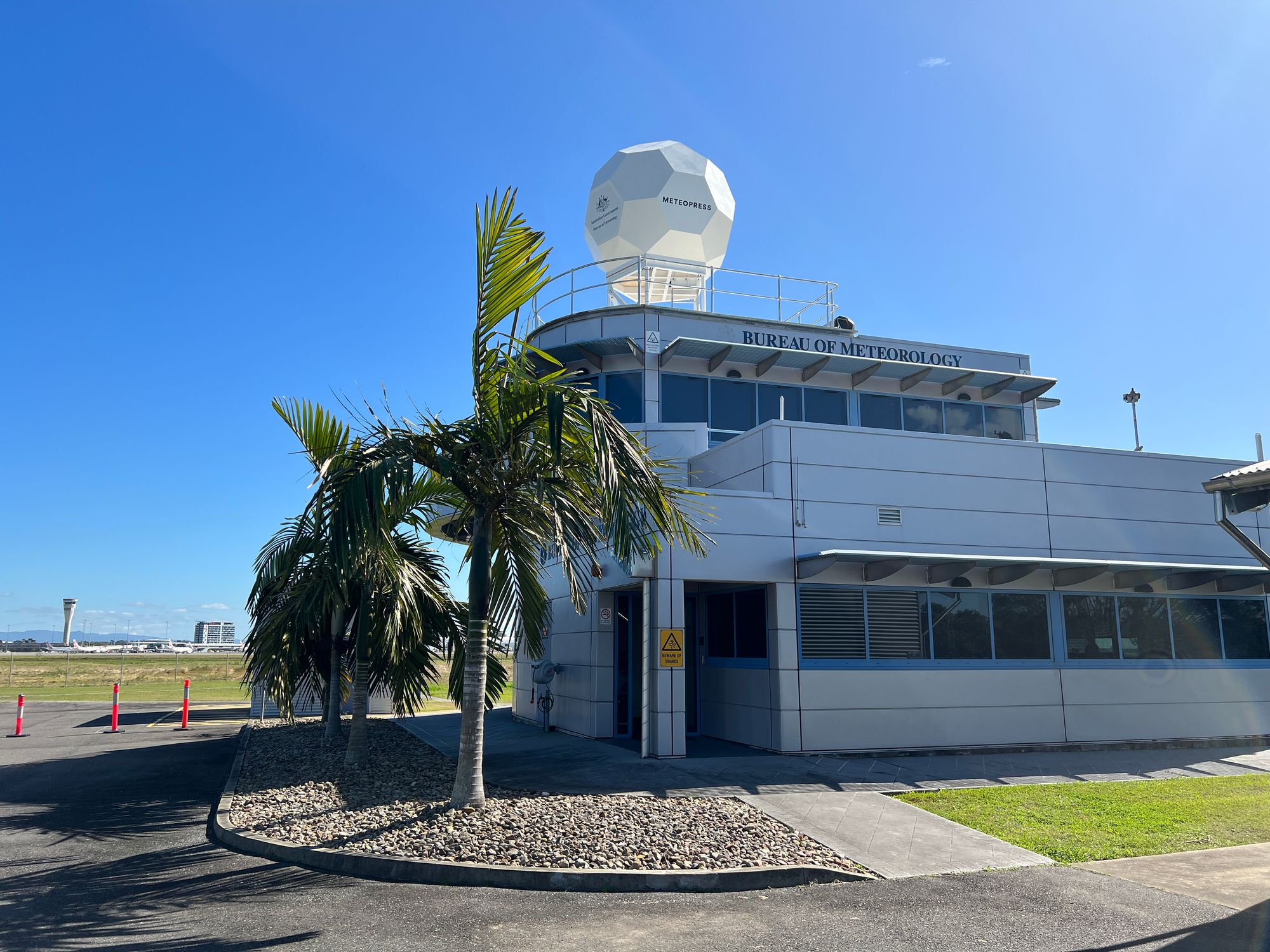
Also the Meteopress Solid-State radar has been operational for a year in Brisbane within the network of Bureau of Meteorology successfully delivering the data during the upgrade of the Marburg weather radar.